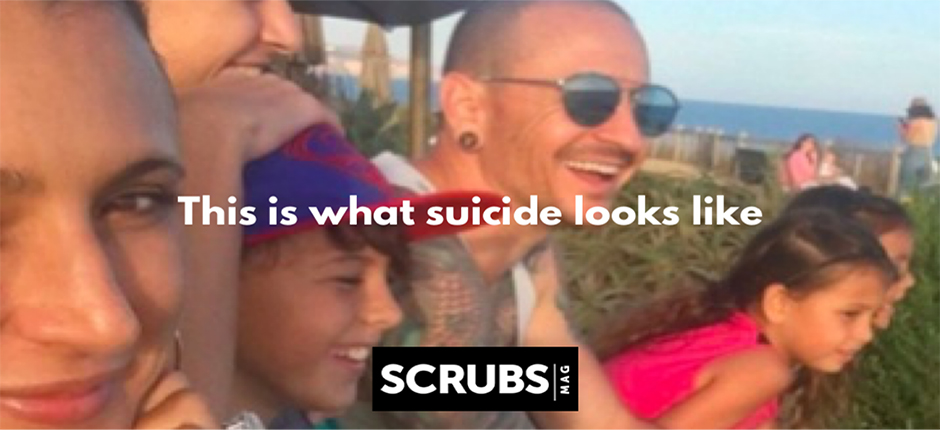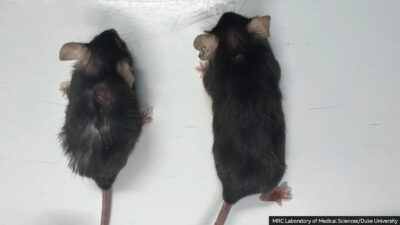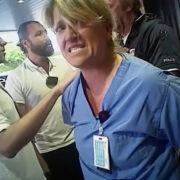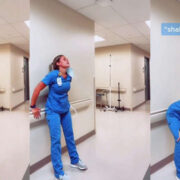Getting hit with anesthesia can be nerve-wracking for a dog. They have to go under for surgery just like you and me, but the process can make them confused and agitated.
Alina Rojas, a veterinarian nurse in California, recently shared her tips for waking up an animal that has been temporarily put to sleep. In a viral video uploaded to TikTok, Rojas can be seen comforting a dog in distress as it wakes up from surgery along with the caption: “Some of them need a little bit more comfort after surgery. They are usually very confused about what is going on.”
@alinadrojas Wait till the end .. ❤️ #vettechtok #veterinarymedicine
The clip quickly racked up millions of views and thousands of comments.
“The cuddles, rocking and of course soothing words definitely help. Our vet team was awesome when my dog had [an ear operation],” wrote one user.
“Seeing this after working for a little bit in the animal hospital. Almost spent my whole break comforting a puppy. It was heartbreaking but felt right,” wrote another.
Patrik Holmboe, head veterinarian for Cooper Pet Care, said it’s important to keep the animal calm when they are recovering from a procedure.
“Anesthetics in dogs is a large topic, and there are certainly many different protocols and medications which can be used,” Holmboe explained. “These can vary greatly based on a number of factors, such as the health and age of the dog, the type of procedure being performed, and the duration of anesthesia required.”
He said the process typically involves four steps. It begins with sedating the animal anywhere from 30 to 120 minutes before the procedure.
“This is a medication generally given via injection, under the skin. It serves to both calm the animal prior to induction, but also to reduce the amount of full anesthetic drugs needed during the procedure itself,” Holmboe said.
Once the animal is sedated, they receive anesthesia to make them unconscious. “It is almost always by injectable medication given intravenously,” Holmboe said.
The doctor will then administer additional anesthesia gas through a breathing tube. Holmboe calls this the “maintenance” phase. The amount of gas will vary based on the size of the animal and the intensity of the procedure.
The animal will begin the recovery process once the procedure is complete. “This is the process of the dog waking up after the procedure is complete. Just like in humans, the dog will be monitored during this stage to make sure things go smoothly and that the animal wakes up safely,” Holmboe said.
















